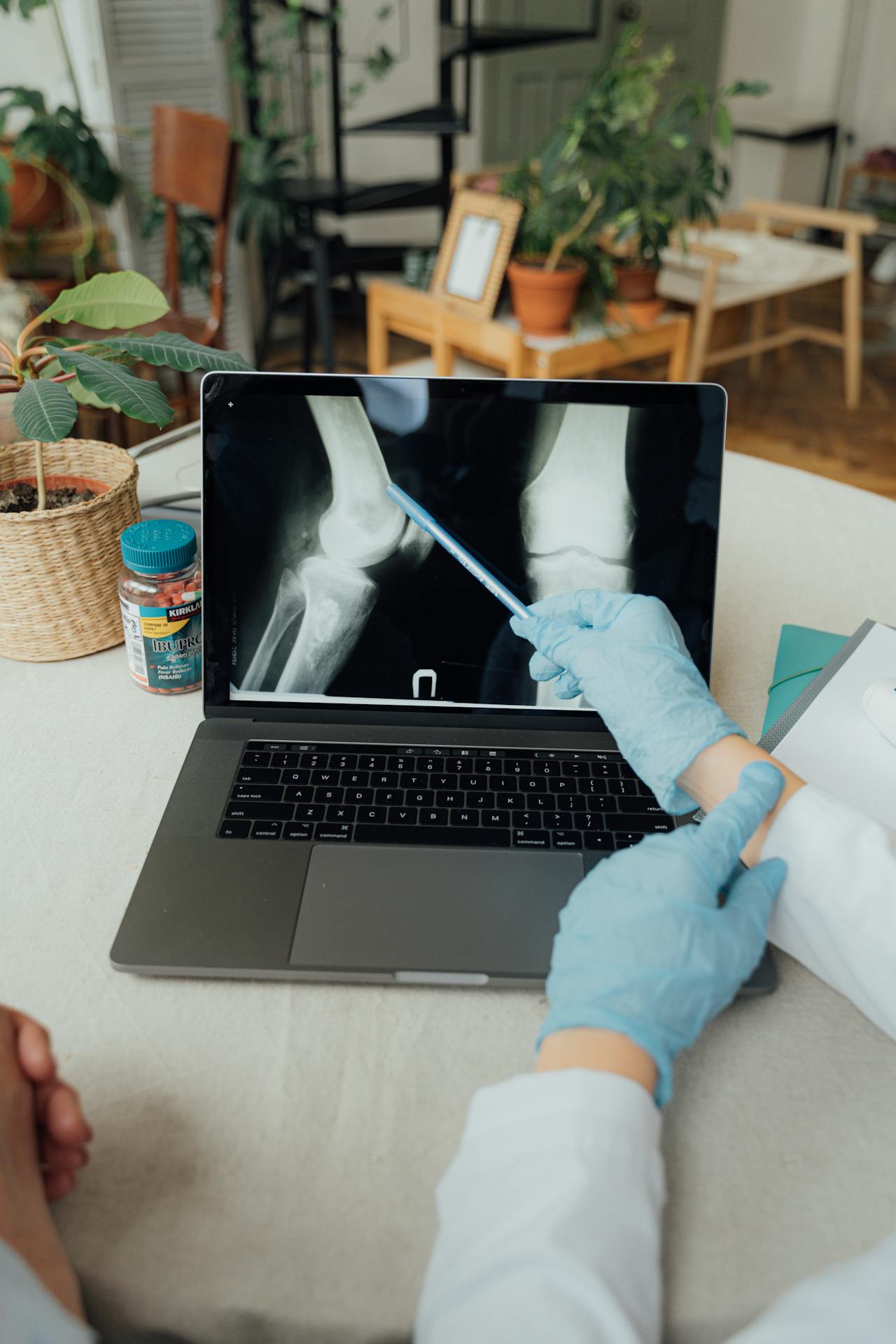
There’s a point in every high-performer’s journey when the grind hits back. Maybe it’s a persistent knee that acts up after a morning run. Maybe it’s a stiff lower back that makes sitting through meetings a silent battle. The hustle is glorified, sure—but pain isn’t. And when the body starts whispering “slow down,” smart professionals are learning that scaling sustainably means listening—and healing—strategically.
Turns out, pushing through pain isn’t a badge of honor. It’s often a roadblock to your next level. Enter a regenerative approach that’s not about escaping the hustle, but upgrading how we recover from it. Treatments like bone marrow concentrate therapy are quietly reshaping the way professionals and athletes alike bounce back—not just faster, but stronger.
Table of Contents
- 1 The Burnout Loop No One Talks About
- 2 What Is Bone Marrow Concentrate, Anyway?
- 3 The Real Flex: Healing Intelligently
- 4 Why Hustle Culture Misses the Point
- 5 Who’s Using BMAC? (Spoiler: Not Just Pro Athletes)
- 6 The Research Is Catching Up
- 7 What the Process Actually Looks Like
- 8 Smarter Scaling Means Smarter Self-Care
- 9 Questions to Ask If You’re Considering BMAC
- 10 Let’s Redefine What Recovery Looks Like
The Burnout Loop No One Talks About
Let’s talk about something rarely covered in productivity blogs: injury-induced burnout.
We obsess over mental exhaustion and emotional fatigue, but physical setbacks—whether they’re from years of desk work or weekend warrior workouts—are just as common. And just as limiting.
That torn shoulder from CrossFit? The nagging ankle from your half-marathon training? When you’re running a business or managing a team, the last thing you want is downtime. But traditional recovery approaches often mean just that: rest, ice, maybe surgery—and a lot of missed momentum.
So instead of dealing with the root cause, people push through. They mask the pain with caffeine, painkillers, or bravado. And the cycle repeats.
Bone marrow concentrate therapy offers a smarter off-ramp from that loop. It’s not about temporary fixes. It’s about accelerating true healing from the inside out.
What Is Bone Marrow Concentrate, Anyway?
If your first mental image of “bone marrow therapy” involves something medieval, take a breath. The reality is far more modern—and much less intimidating.
Bone marrow concentrate (BMAC) is a regenerative therapy that uses your body’s own healing cells to repair damaged tissue. The process starts with a small amount of bone marrow, usually drawn from your hip (under local anesthesia). That marrow is then spun in a high-tech centrifuge to isolate powerful elements like:
- Mesenchymal stem cells (MSCs): These are your body’s builders. They help regenerate cartilage, tendons, and bone.
- Growth factors and platelets: These act like first responders, reducing inflammation and jumpstarting tissue repair.
Once concentrated, the solution is injected directly into the injured area—whether that’s a knee joint, rotator cuff, or spine. No general anesthesia. No hospital stay. Just a high-dose recovery boost from your own biology.
The Real Flex: Healing Intelligently
We all know someone who “toughed it out” and ended up with chronic pain or surgery they could’ve avoided. That person might be you.
But modern recovery isn’t about heroics. It’s about biological precision.
Here’s where BMAC stands out: it doesn’t just reduce pain. It helps rebuild the structure causing the pain in the first place. And because the treatment uses your own cells, the risk of rejection or complications is minimal.
Think of it as upgrading your body’s internal repair team—without shutting down your schedule.
This matters for high-functioning professionals who don’t have time for long rehab timelines or surgical detours. It’s recovery that respects your calendar and your biology.
Why Hustle Culture Misses the Point
There’s a myth in hustle culture that rest is weakness and recovery is optional. That if you’re not moving, you’re losing. But any elite athlete, exec, or trainer will tell you: what you do between the work is what determines how long you can do the work.
Muscles don’t grow during reps—they grow during rest. Ideas don’t sharpen during burnout—they refine when the brain gets oxygen and time.
The same goes for injury recovery. Ignoring pain to “power through” isn’t just unsustainable—it’s unscalable.
Bone marrow concentrate therapy flips that mindset. It’s not passive. It’s proactive. It treats downtime as an opportunity for biological optimization. You’re not tapping out. You’re tapping into your body’s full potential.
Who’s Using BMAC? (Spoiler: Not Just Pro Athletes)
While BMAC has made headlines in sports medicine—think NBA knees and MLB shoulders—it’s increasingly being used by:
- Entrepreneurs with joint wear from long hours and intense routines
- Busy parents juggling workouts, work, and real-life strain
- Weekend warriors recovering from skiing, cycling, or marathon training
- Executives who want to stay mobile without invasive procedures
These aren’t people looking to be superhuman. They’re people looking to keep showing up—without compromising health to do it.
One thing they have in common? They’re not waiting for things to get worse before acting. They’re investing in long-term function, not short-term relief.
The Research Is Catching Up
While regenerative medicine is still growing as a field, early research around BMAC is promising. Studies show that BMAC can lead to:
- Reduced pain and stiffness in osteoarthritis patients
- Improved healing in tendon and ligament injuries
- Accelerated recovery post-injury compared to traditional methods
Of course, results vary, and not every case is a candidate for BMAC. But when paired with the right clinical evaluation and imaging, it’s becoming a go-to tool for forward-thinking orthopedic specialists.
What the Process Actually Looks Like
Here’s what a typical BMAC journey looks like (no wellness fog, just facts):
- Consultation: You meet with a specialist who evaluates your injury and overall health.
- Imaging: MRI or ultrasound is used to pinpoint the issue and plan the injection.
- Harvesting: A small amount of bone marrow is taken from your hip. It’s quick and done under local anesthesia.
- Processing: The marrow is spun in a centrifuge to concentrate the healing components.
- Injection: The concentrate is injected into the injured area using image-guidance for accuracy.
- Recovery: Most patients go home the same day. Light activity resumes quickly, and results often unfold over weeks as the body repairs.
No overnight stays. No general anesthesia. No months off.
Smarter Scaling Means Smarter Self-Care
At some point, performance becomes less about pushing harder—and more about recovering smarter. That’s the shift we’re seeing not just in elite sports, but in executive circles, startup culture, and even among parents and professionals who’ve realized that wear-and-tear isn’t just physical—it’s operational.
You wouldn’t run a company without investing in infrastructure. So why run your body that way?
Bone marrow concentrate therapy isn’t a silver bullet. But for people with orthopedic issues who want to stay active and avoid surgery, it offers a compelling option rooted in science—not wishful thinking.
Questions to Ask If You’re Considering BMAC
Curious if BMAC might be right for you or someone on your team? Start with these:
- Have I been managing pain instead of healing it?
- Is my injury orthopedic in nature (joint, tendon, ligament)?
- Have conservative treatments (PT, cortisone, rest) stopped working?
- Am I trying to avoid surgery or a long recovery timeline?
- Do I want a solution that aligns with my performance goals?
If you answered yes to more than one, it’s probably worth a conversation with a regenerative medicine specialist. Not a sales pitch—just a clinical chat about what’s possible.

Let’s Redefine What Recovery Looks Like
The new benchmark of excellence isn’t who can outlast the most stress. It’s who can adapt, recover, and keep going without falling apart.
Bone marrow concentrate therapy offers one path in that direction—backed by biology, designed for people who want to keep performing without running themselves into the ground.
So maybe it’s time to retire the hustle badge and replace it with something better: longevity, mobility, and a recovery plan that keeps you scaling—for real.


